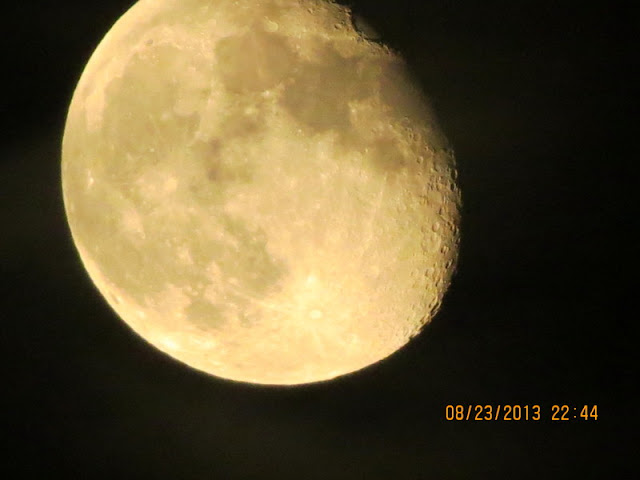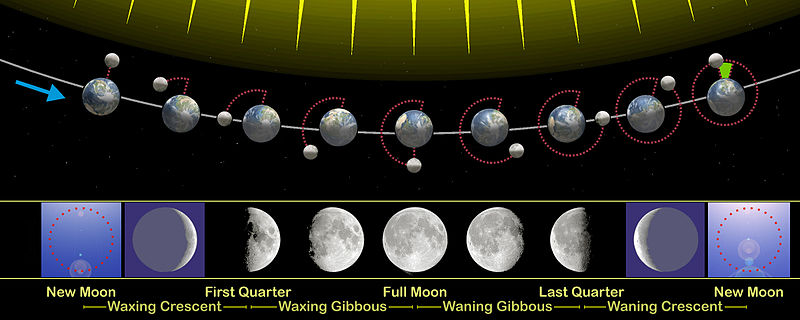Hi Everybody!!
Those of You who have been with the Nature Class for awhile know that Strange Things just seem to happen around me. (To think, people once thought it was ME who was Strange (!)). Anyway, I got a camera specifically to document strange things. In your photostudy tonight, I captured a big cloud that turned into a white mountain! Wow, was it big. I did a little slideshow of the rise and fall of a great white mountain for You who want to see the life of this cloud. Next, I went out to look at the moon and found a big, golden egg with clouds behind it. How strange it looked as You will see below. A reminder for You: take your camera everywhere You Go!
Snap your Strange!
Enjoy!
Along with the rise and fall of this great white mountain went my hopes for a chance of rain. Somebody got rain from this cloud. I am on my road shooting pics. The actual cloud is 10 miles away!
What is the Definition of Strange?
(ask Google Search)
Result:
https://www.google.com/#fp=6da2069b7a32db09&q=strange
strange
strānj
adjective
- 1.unusual or surprising in a way that is unsettling or hard to understand."children have some strange ideas"
synonyms: unusual, odd, curious, peculiar, bizarre, weird, uncanny, unexpected,unfamiliar, atypical, anomalous, out of the ordinary, extraordinary,puzzling, mystifying, mysterious, perplexing, baffling, unaccountable,inexplicable, singular, freakish; More
- 2.not previously visited, seen, or encountered; unfamiliar or alien."she found herself in bed in a strange place"
synonyms: unfamiliar, unknown, new More
http://en.wikipedia.org/wiki/Lunar_phase
Lunar phase
From Wikipedia, the free encyclopedia
Lunar phase or phase of the moon refers to the shape of the illuminated (sunlit) portion of the Moon as seen by an observer, usually on Earth. The lunar phases change cyclically as the Moon orbits the Earth, according to the changing relative positions of the Earth, Moon, and Sun. The half of the lunar surface facing the Sun is always sunlit, but the portion of this illuminated hemisphere that is visible to an observer on Earth can vary from about 100% (full moon) to 0% (new moon). The lunar terminator is the boundary between the illuminated and unilluminated hemispheres. Aside from some craters near the lunar poles such asShoemaker, all parts of the Moon see around 14.77 days of sunlight followed by 14.77 days of "night" (the "dark side" of the Moon is a reference to radio darkness, not visible light darkness).
The principal lunar phases are new moon, first quarter moon, full moon and last quarter moon. These are the instants, respectively, when the Moon's celestial longitude minus the Sun's celestial longitude is 0°, 90°, 180° and 270°.
Phases of the Moon, as seen looking southward from the Northern Hemisphere. The Southern Hemisphere will see each phase rotated through 180°. The upper part of the diagram is not to scale, as the Moon is much farther from the Earth than shown here.
...this is brendasue signing off from Rainbow Creek. See You next time! Keep your eyes open for Strange Things!!!!!!
I have 4 feeders up now along the back of Kates Cabin:
O+O






























No comments:
Post a Comment
Hi Everybody! Please say hello and follow so I know you are here! Due to the inconsideration of people trying to put commercials on my blog comment area, I have restricted use of anonymous posts. Sorry that some hurt all.
My public email is katescabin@gmail.com No spammers or trolls